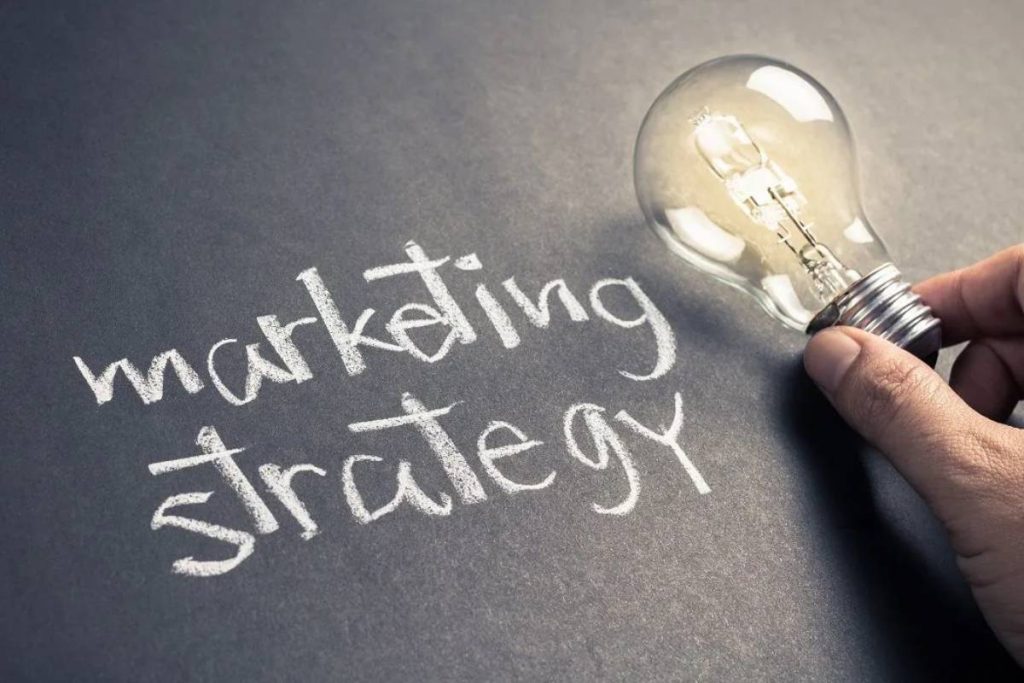We often delude ourselves into thinking that the current business prosperity will last forever. This usually happens when a business relies too heavily on a singular performing channel for growth. If only businesses could realize that instead of relying on a singular channel.
Creating a marketing strategy to build resilience will ensure your business thrives and prospers amid chaos. The fact is that once you have a sound marketing strategy in place, only then can your market your goods and services effectively.
Ask any public relations agency, and they will tell you that a marketing strategy can help you define and achieve your goals over time. So how do you craft a marketing strategy that promises to help your business grow, you ask?
It takes a 5-step process, which we have outlined for you below.
Table of Contents
1. Highlight Your Goals
The first prerequisite of a growth-oriented marketing strategy is to choose measurable, ambitious, and realistic marketing objectives. Hence, the first step is to outline or highlight your marketing goals, such as increasing sales, boosting profits, encouraging leads, or growing inbound web visits.
While observing this step, you should also bear in mind that a company’s business and marketing goals must always align. One can only hope for success when there is compatibility between the two lists of goals.
Typically though, a marketing goals list and a business goals list will include the following:
Marketing Goals:
- SEO usage for increasing access of visitors of Google to you
- Using products to paint a picture of your company’s life
- Boosting traffic inflow on your product pages
- Establishing your business as an industry expert or thought leader
- Publishing a range of research studies
- Relevant content creation for the business blog
Business Goals:
- Building brand awareness
- Increasing the frequency of purchases
- Expanding the transaction sizes
- Multiplying the number of customers
- Boosting sales
Companies that first ensure their business and marketing goals align have better success at creating marketing strategies that foster growth.
2. Working a Budget
The next important step of your marketing strategy creation is to work a reasonable budget for it. After all, you wouldn’t be able to work on any marketing strategy if you did not allot the necessary funds.
There is the right talent to hire, advanced software, advertising campaigns to run on leading channels, and content creation to consider. Without a budget, you won’t have any of the elements of a marketing strategy that would create a powerful impact.
After all, don’t we expect a good ROI when we have first invested well? Hence, if you seek a good return on investment, you should focus on your marketing budget in the initial stages.
3. Zoom in On Your Market Niche
No marketing strategy can ever promise growth if you do not focus on your target market niche. After all, a primary objective of a marketing strategy is to focus on the end consumer and their specific needs.
Fortunately, there is now a range of market niche assessment tools that can make your marketing efforts easier. The tools help businesses identify groups or segments with common needs so that marketing strategies can be directed toward them.
Some of the assessments that these tools make for identifying the target market include:
- What kind of problems are the customers dealing with?
- How deep do their frustrations and pains run?
- What is their current solution for their problem?
- What products or services are they looking for to cater to the problem?
- What benefits and key values can your business offer them?
- What would be the easiest way to reach these customers?
- How much would you have to invest in obtaining these leads?
- What is the profitability status in that market niche? What is their budget range or consistent purchasing potential for a service or product?
- What marketing method does the target segment prefer the most?
4. Extensive Research
The assessment tools mentioned above will help you identify your market niche and purchasing potential. But that isn’t enough to build a stellar marketing strategy. The above tools are more market segmented, focusing only on individual customers.
But extensive market research will give you a more comprehensive view. It will include market trends and sizes, which will help you understand your potential consumers. Furthermore, detailed market research will give you a thorough analysis of the competition and an idea of where your business product or service will stand in the marketplace.
This research is vital to mapping the perceptions of the consumer market about competing brands and the attributes they perceive necessary for defining value. What this research will do in the end is expose the major threats to your business and the varying directions in which they might move in the future.
This will help you craft a marketing strategy to rise above the competition and the threats and achieve all its target objectives.
5. A Unique Selling Pitch
Lastly, the step that will tip the marketing strategy in favor of growth is a USP-unique selling proposition. Securing a competitive edge over the other players in the field will need a unique selling offer, which will neatly extract your customers from your competitor’s trap and into your brand.
The 5th and last important step of your marketing strategy is to design a genius way of positioning your product or service to make it a unique benefit. It should appear as something truly unique that none of your competitors have to offer.
Some possible unique propositions could be:
- Exclusivity
- Highest quality
- Lowest price
- Selection of services or products
- Broadcast choices
- Transparency
- Fulfillment of promises
Final Thoughts
Creating a growth-oriented marketing strategy is necessary for nurturing your customers, increasing the ROI of marketing efforts, and simply improving your business bottom line. A marketing strategy is even more critical if a business wishes to leverage future trends.
